Static vs Vibratory Roller: Differences & Which to Choose
Stable soils play an important role in structural stability and durability in roads and structures construction. In most occasions, the existing soil conditions do not offer the right strength to sustain projected loads after construction. Compaction is one of the ways of creating stable bases for construction projects. While it can be done by hand or other alternative tools, medium to large scale compaction is done using rollers.
The rollers utilize the weight and other working principles to compact soils to required densities. Based on how they work, rollers are classified into static and vibratory rollers.
Construction projects have varied compaction needs. Rollers are designed to meet requirements that they are suited for. Static rollers solely rely on the weight of the drum attached at the front or the back for compaction. Vibratory rollers, on the other hand, are equipped with vibration mechanism.
The vibrations generated coupled with the drum weight deliver a higher compaction impact. The two roller types, their features, applications and advantages are discussed in detail below.
Contents
Static Roller
A. Definition and characteristics of a static roller
Static rollers solely rely on the weight of the drum to exert compaction force. The drum is usually made of heavy steel and sometimes concreted on the inside part to achieve maximum weight. Static rollers range between 8 to 20 tones. The drum is attached at the front or at the back of the roller depending on the manufacturer. The roller has a cabin and engine sitting in between the drum and two rubber tires. The cabin protects the operator and control instruments from injury and damages during the compaction process.
B. Operation and working principle
Compaction using a static roller relies on the weight of the drum. Power is generated by the engine and transmitted to the axles of the rubber tires. The movement of the tires forces the drum to roll over the material under compaction. The operator inside the cabin controls the speed and direction of the roller using the braking and steering systems. Static rollers have hydraulic steering and braking systems to effectively handle the weight of the roller. The roller is driven over material severally, with overlapping passes to attain the required compaction degree. The passes overlap to ensure all areas are compacted.
C. Features and components of a static roller
- Drum– The drum is the main component of a static roller. It can have a smooth or padfoot surface. Smooth drums are used for compacting asphalt, while padfoot drums have protruding feet or pads and are suitable for compacting cohesive soils.
- Engine– Static rollers are equipped with powerful engines to generate the required power and torque for operating the machine and driving the drum. Roller engines are mostly diesel-powered.
- Operator’s cabin– The operator’s cabin is designed for comfort and visibility. It typically includes controls for steering, drum operation, and other functions, as well as safety features such as seat belts and ROPS (Roll-Over Protection Structure).
D. Advantages and disadvantages of using static rollers
Advantages of using static road rollers include their high compaction efficiency, ability to handle various terrains, and durability. They provide excellent compaction for both soil and asphalt, resulting in stable road surfaces. However, disadvantages include their high initial cost, limited maneuverability compared to other types of rollers, and the need for skilled operators. Static rollers may also produce more noise compared to other compaction equipment, which can be a concern in certain environments.
E. Typical scenarios and applications where static roller is suitable.
Static road rollers are suitable for a range of applications in road construction and maintenance. They are commonly used for compacting soil, gravel, crushed stone, and asphalt during the construction of highways, roads, airports, and parking lots. They are also effective in compacting trenches and embankments.
Vibratory Roller
A. Definition and characteristics of vibratory roller
Vibratory rollers rely on the drums weight and vibrations to exert compaction force. The drum is fitted with suspended weights that vibrate when triggered. The vibration frequency is controlled from the cabin to suitable standards depending on the project requirements. Vibratory rollers have the drum mounted at the front or at the back. In some cases, the drums are mounted on both ends.
B. Operation and working principle
The working principle of the vibratory roller is almost similar to that of static rollers; both are driven over material under compaction. The suspended weights inside the drum of vibratory rollers are triggered by electromagnetism. The weights move back and forth at a high frequency generating vibrations within the drum. The vibrations are then transferred to the material amplifying the compaction effect. The roller is driven over material in overlapping passes to ensure no parts are left uncompacted. Air displacement is faster when using a vibratory roller, this implies that fewer passes are needed than when using a static roller.
C. Features and components of a vibratory roller
- Drum- The drum is the main component of the roller and is responsible for compacting the material. It can be smooth or padfoot-shaped, depending on the type of material being compacted.
- Vibration system– The vibration system consists of eccentric weights or shafts connected to the drum. These generate vibrations that enhance compaction by breaking up air voids and increasing soil or asphalt density.
- Engine– Vibratory rollers are powered by an engine, which provides the necessary power and torque for operation, including driving the machine and generating vibrations.
- Operator’s cabin– The operator’s cabin is designed to provide comfort and visibility to the operator. It contains controls for steering, speed, vibration settings, and other functions. Safety features like seat belts and ROPS (Roll-Over Protection Structure) are also present.
D. Advantages and disadvantages of using a vibratory roller
Vibratory rollers offer several advantages, including increased compaction efficiency, and better density compared to static rollers. They are effective in compacting granular materials and cohesive soils. Vibrations help break up air voids, resulting in a denser and more stable surface. However, disadvantages include higher initial cost, the need for skilled operators, and limited suitability for certain delicate surfaces or sensitive areas due to the potential for higher noise and vibrations. Regular maintenance is also essential for optimal performance.
E. Typical applications and scenarios where vibratory rollers are applicable
Vibratory rollers are commonly used in various construction scenarios. They are suitable for compacting soil, gravel, and asphalt in road construction, highways, airports, and parking lots. Vibratory rollers are also used in the construction of foundations, trenches, and other earthwork projects. Their ability to provide efficient compaction makes them ideal for projects where achieving high density and stability in the soil or asphalt is crucial for long-lasting and durable surfaces.
Key Differences Between Static and Vibratory Rollers
A. Compaction mechanism
The compaction mechanism of vibratory rollers and static rollers differs significantly. Vibratory rollers use vibrations generated by eccentric weights or shafts to penetrate the material, breaking up air voids and increasing density. This dynamic compaction action is effective for granular materials. Static rollers, on the other hand, rely solely on their weight to compress the material without generating vibrations, making them more suitable for cohesive soils and asphalt compaction.
B. Operating weight and compaction force
Static rollers typically have higher weights compared to vibratory rollers, ranging from 8 to 20 tons or more. The weight of a static roller provides the compaction force by exerting downward pressure on the material. In contrast, while vibratory rollers have lower overall weights, they generate additional compaction force through the vibrations created by the eccentric weights or shafts, which helps to increase the density and achieve effective compaction.
C. Frequency and amplitude
Vibratory rollers employ a vibratory mechanism consisting of eccentric weights or shafts connected to the drum. These generate vibrations, typically ranging from 2,000 to 3,000 vibrations per minute (VPM), depending on the model. The vibrations help to break up air voids, increase compaction efficiency, and enhance density. In contrast, static rollers lack the vibratory mechanism and rely solely on their weight for compaction, without generating vibrations.
D. Surface types and conditions
Static rollers are commonly applicable to a range of surface types, including cohesive soils, granular materials, and asphalt. They are particularly effective in compacting cohesive soils due to their weight and static compaction force. Static rollers can also achieve smooth and uniform compaction on asphalt surfaces.
Vibratory rollers, on the other hand, are more suitable for granular materials, such as gravel and crushed stone. The vibrations generated by vibratory rollers help to penetrate and compact these materials effectively, breaking up air voids and improving density. Vibratory rollers may not be as suitable for cohesive soils as the vibrations can cause particles to rearrange and reduce the desired compaction.
E. Cost considerations
Vibratory rollers generally have higher initial costs compared to static rollers due to the added complexity of the vibration mechanism. The maintenance and repair costs of vibratory rollers may also be higher due to the additional components involved. However, vibratory rollers offer higher compaction efficiency, potentially reducing project time and labor costs. The overall cost implications depend on factors such as project size, duration, and specific requirements.
Choosing The Right Roller for The Job
A. Factors to consider when selecting a roller
- Project requirements– Consider the type of material to be compacted, project size, and desired compaction density.
- Surface type– Evaluate whether the surface is cohesive soil, granular material, or asphalt, as different rollers are more suitable for specific surfaces.
- Project conditions– Assess the terrain, accessibility, and any restrictions, such as noise or vibration limitations.
- Budget and cost-effectiveness– Consider the initial cost, maintenance, fuel consumption, and potential productivity gains to ensure the roller is cost-effective for the project.
- Operator expertise– Evaluate the skill level of operators available for the specific type of roller, as different rollers may require varying levels of expertise for optimal operation.
B. Determining compaction requirements for the project
There are several ways to determine the project’s compaction requirement. These include;
- Assessing the project specifications and design requirements provided by engineers or regulatory bodies.
- Conducting site investigations and soil testing to determine the soil’s properties, such as grain size, moisture content, and compaction characteristics.
- Referring to compaction standards and guidelines specific to the project type (e.g., road construction, building foundations) to identify the desired compaction levels.
- Consulting with geotechnical or civil engineering experts for professional advice and recommendations based on the project’s specific needs and conditions.
C. Evaluating site condition and soil types
Evaluating site conditions and soil types is crucial for selecting the appropriate roller. Factors such as terrain, moisture content, soil composition, and compaction requirements are considered. For cohesive soils, static rollers may be suitable, while vibratory rollers are often preferred for granular materials. The selection ensures optimal compaction results and project success.
D. Considering project constraints and specifications
Project constraints and specifications involves aspects such as projected construction loads and soil bearing capacities. Having these constraints in mind guide on which roller to choose and compaction degree to attain. For projects that require higher degree of compaction, heavier static rollers or vibratory rollers may be used.
E. Making an informed decision based on specific requirements
Compaction projects need to be feasible in all aspects. A projects specific requirement guides on the best roller to choose for economic feasibility. For projects that require higher compaction, vibratory rollers can be used to save time and fuel expenses. However, if the project requires smooth surface finishing, vibratory rollers should not be used. Heavy static rollers should be used in such cases.
Conclusions
The selection of the right roller is crucial for achieving effective compaction in construction projects. Static rollers and vibratory rollers each have their unique characteristics and advantages. Static rollers rely on their weight for compaction, making them suitable for cohesive soils and asphalt. Vibratory rollers, on the other hand, utilize vibrations to enhance compaction, making them ideal for granular materials. Consideration of project constraints and specifications, such as surface type, compaction requirements, site conditions, and budget, is vital in making an informed decision.
Choosing the appropriate roller ensures efficient and precise compaction, leading to durable and stable road surfaces or foundations. Site investigations, soil testing, and consultation with experts play a key role in determining the compaction requirements of a project. The significance of road rollers in construction cannot be overstated. They contribute to the integrity and longevity of roads, highways, airports, and other infrastructure projects by improving compaction density, enhancing load-bearing capacity, and ensuring a smooth and safe surface for vehicles and pedestrians.
Careful consideration and selection of the right roller contribute to the success and quality of construction projects, promoting safer and more durable transportation networks.
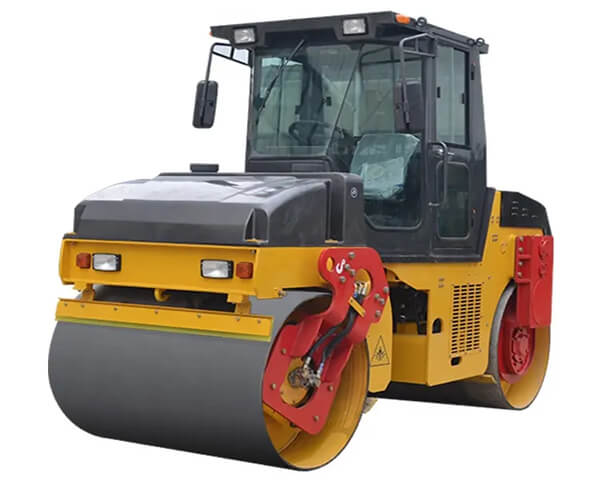
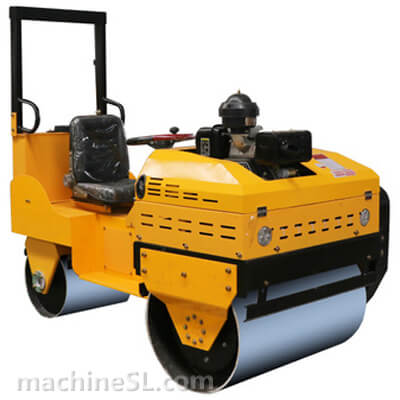
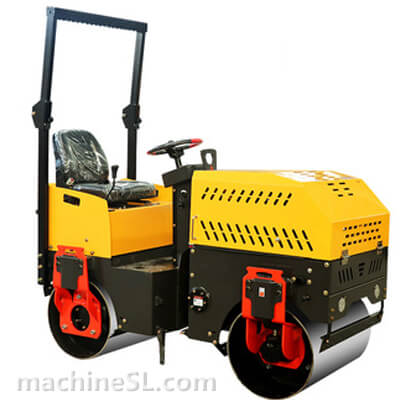
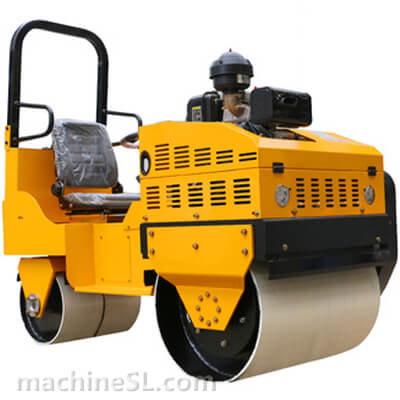
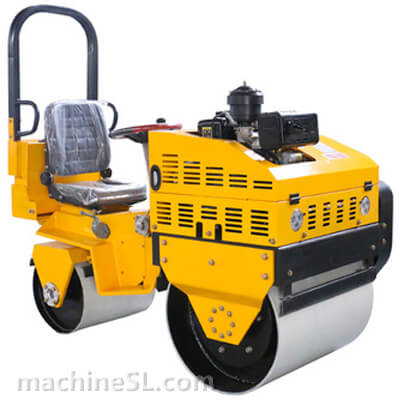
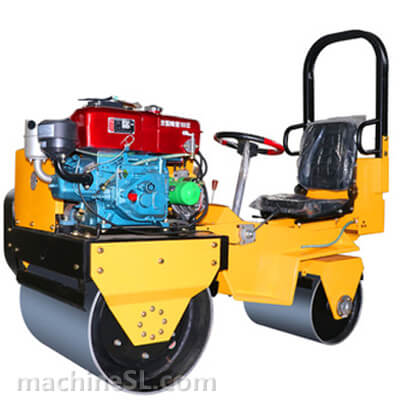
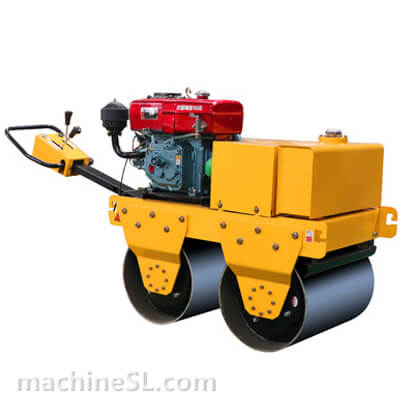
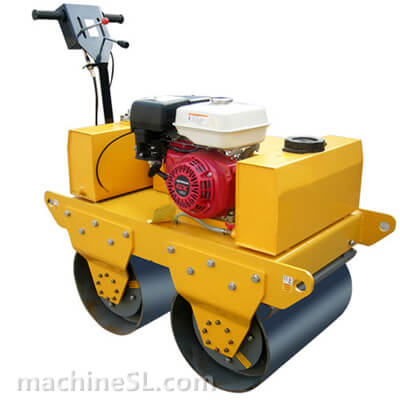
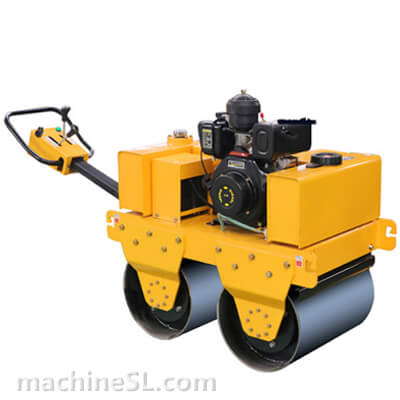
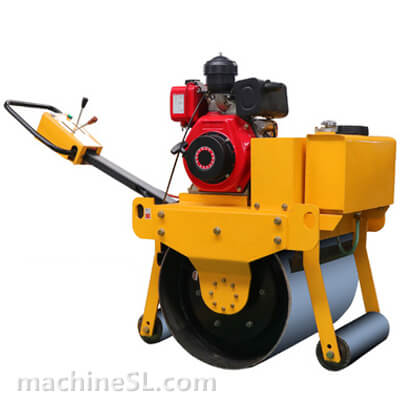
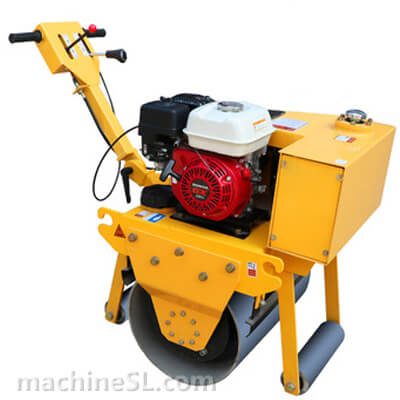
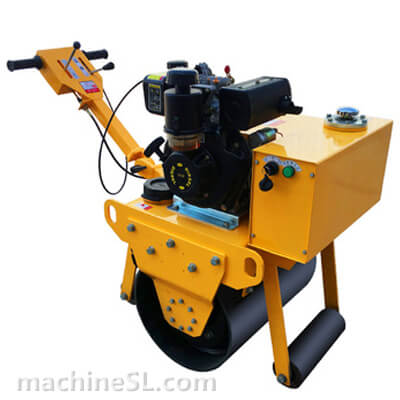
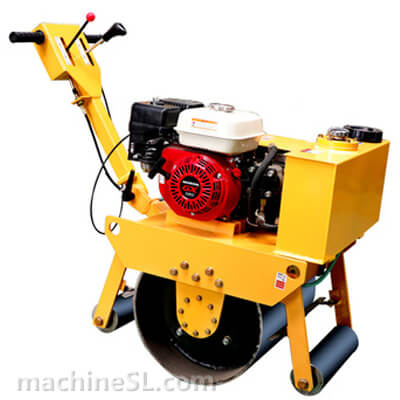
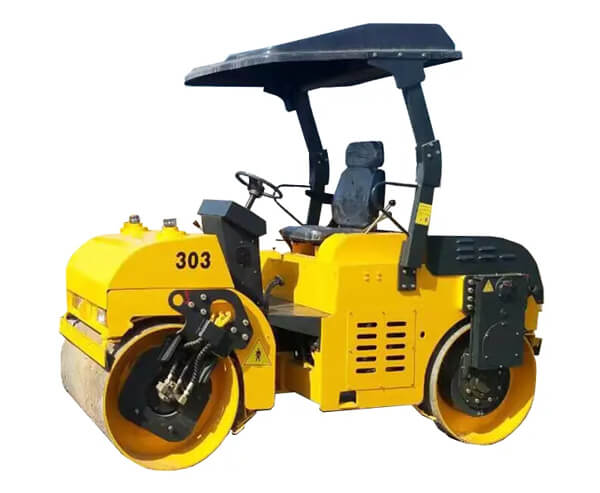
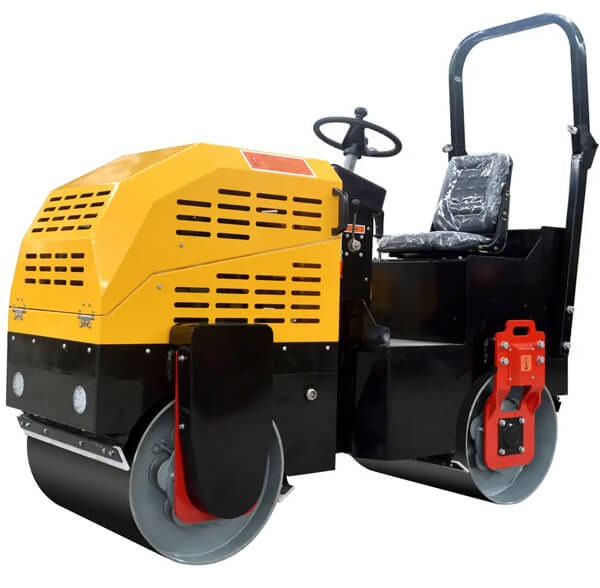
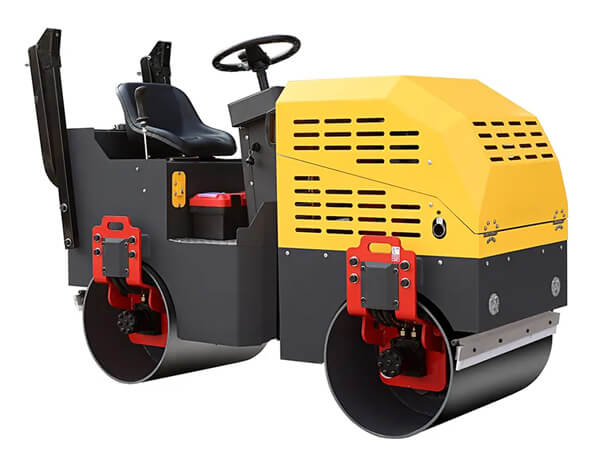
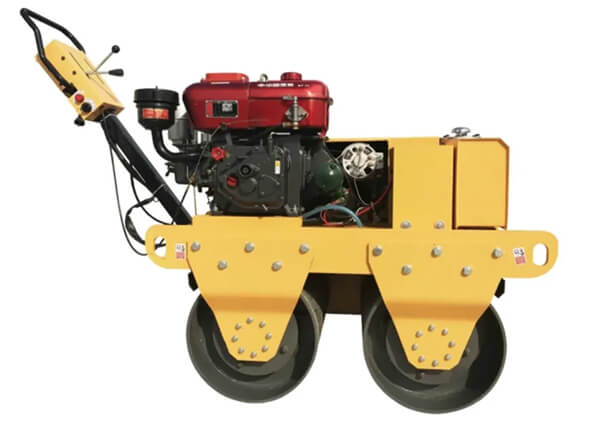
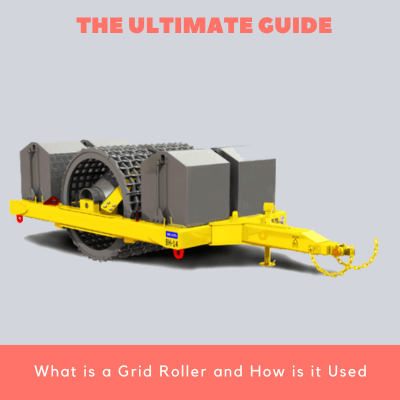
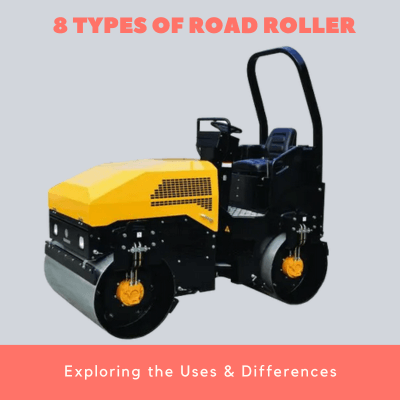
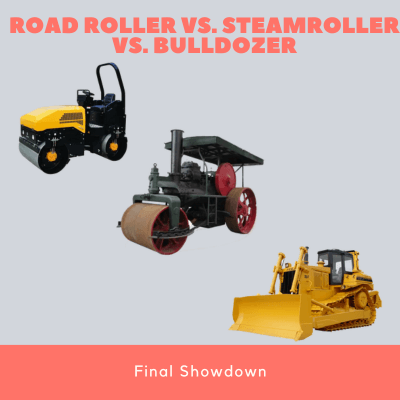
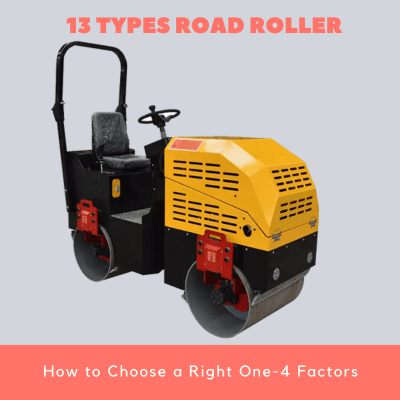
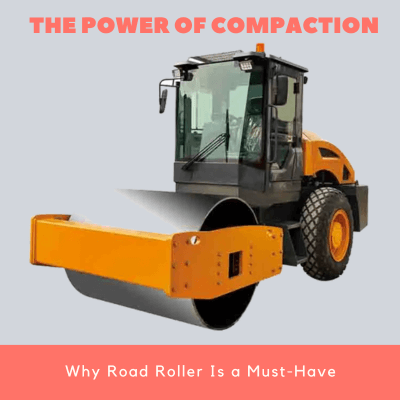
Leave A Comment